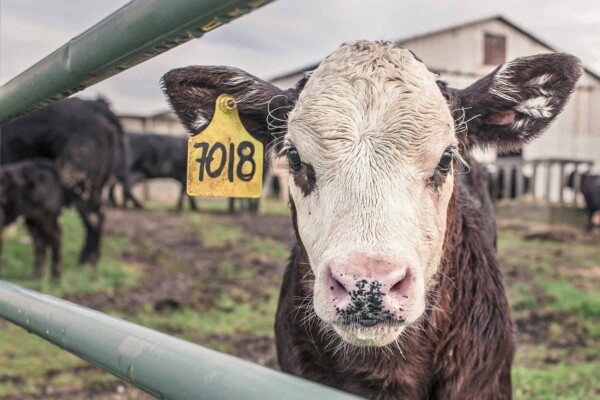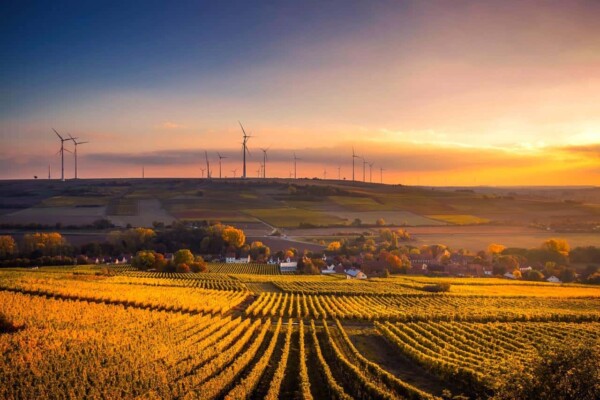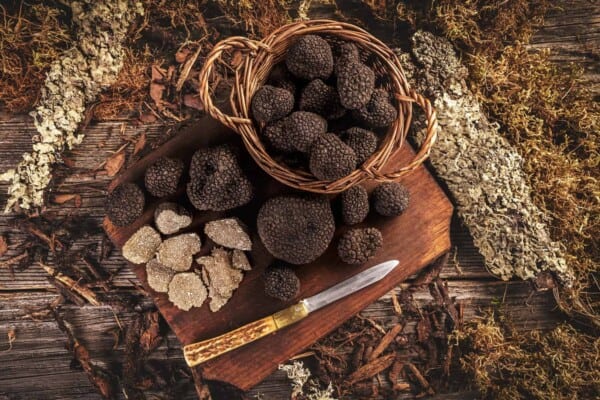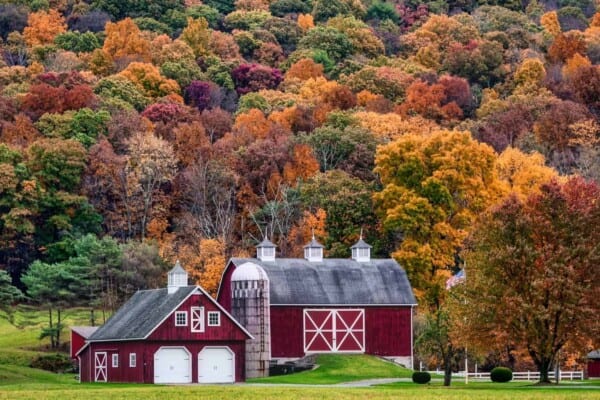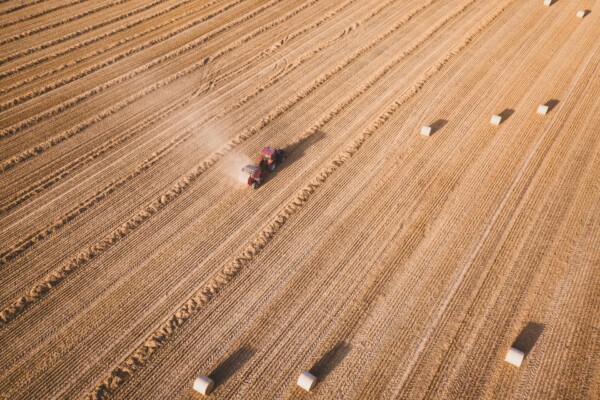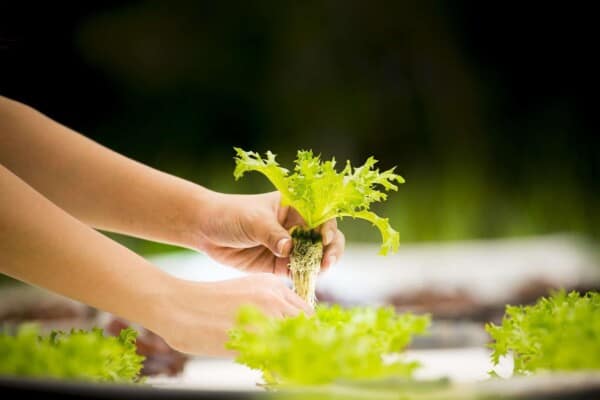Farming is one of the oldest practices that we as a species have known of for quite some time now. Essentially, we’ve always been farmers, and although times have changed and people are more enamored with the “modern city lifestyle”, there will always be a demand for agricultural work.
This is why for today we have decided to bring you a guide that should teach you the basics of 15 different types of farming that you can choose from.
So, let’s not beat around the bush any longer and instead just jump right into our first pick of the day, aka:
15. Aquaculture Farming

Aquaculture is represented by the breeding, rearing and harvesting of fish, and practically any other organism that can be grown in water.
This is a very good option for you if you want to help out the environment, since for the most part aquaculture farmers don’t do this for a profit but instead, they try to restore the habitat and increase the number of fish from endangered species.
14. Cooperative Farming

Cooperative farming is what a lot of farmers turn towards when they put each other’s differences aside and decide to work together for the sake of bringing their profits up.
This usually happens when a community of farmers is having a hard time actually making a profit, so they instead decide to pool together their time and money for the sake of bringing themselves back up from the rut they’re stuck in.
These cooperative farms are usually handled by more than three or four farmers, and when it comes to making a decision, each of them gets a say in the matter.
13. Hay Farming
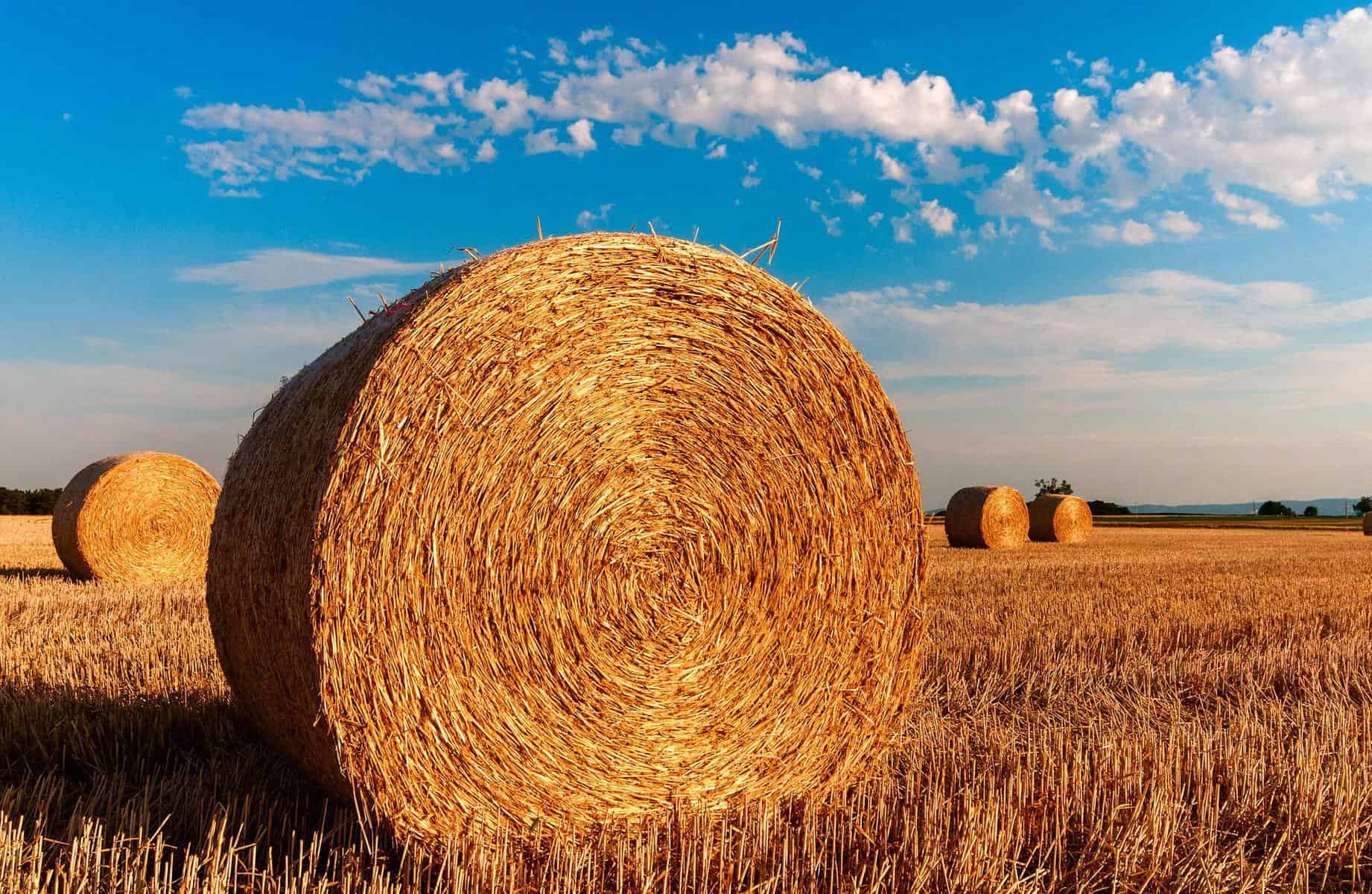
Hay farming will always be popular, simply because the demand for hay has increased tenfold in the last couple of years or so. The more time passes, the higher the demand for livestock is, which is why commercial farmers need more and more hay to feed them.
Growing hay is thus quite a lucrative means of making money, and depending on the baling equipment that you have at your disposal there are quite a lot of different ways of selling off your hay.
Just remember to always keep an eye out on the moisture of your barn, as you never know when mold and spores will spread around them, thus completely destroying your hay in no time.
12. Organic Farming
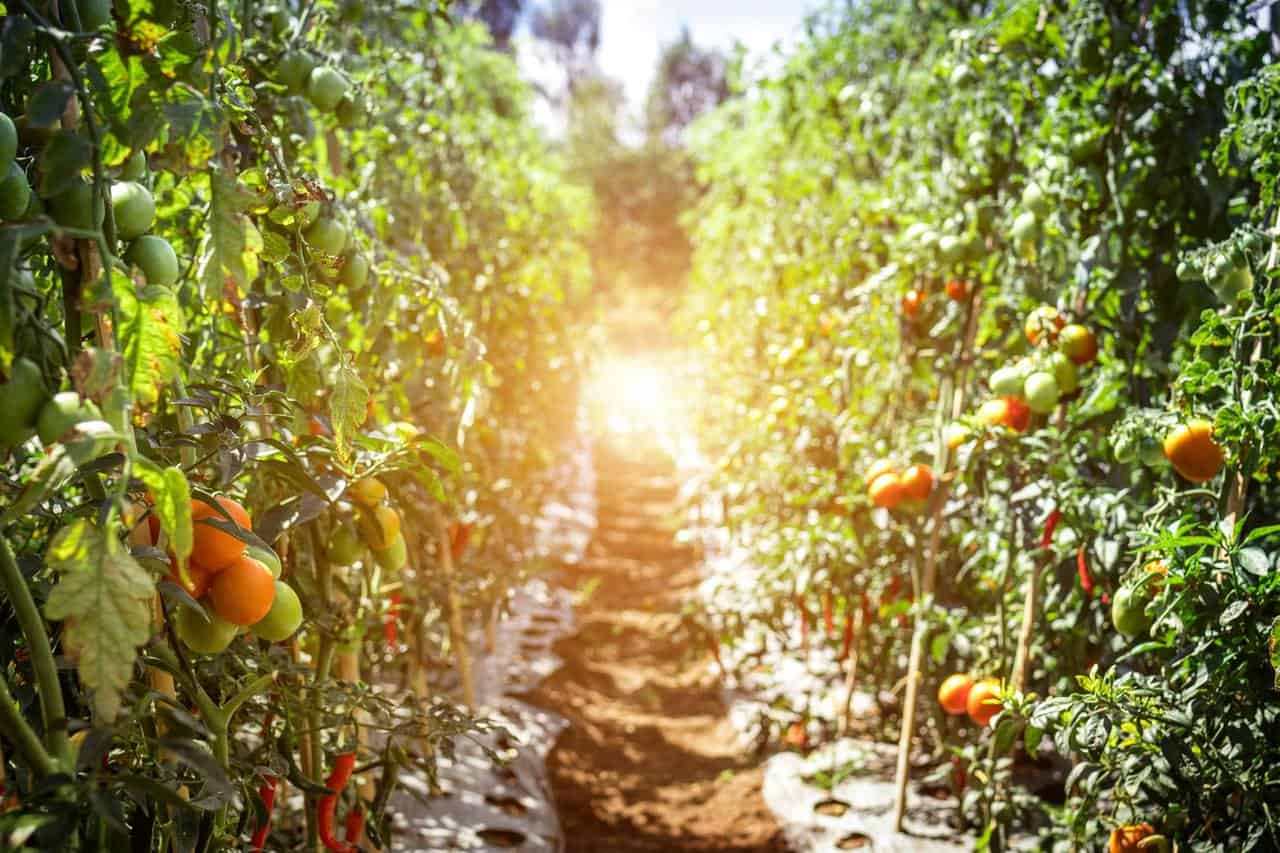
In simple terms, organic food is the type of food that you get without the use of modern artificial additives, like for example pesticides or any sort of chemical fertilizers. On top of that, they’re natural in the sense that they’re not treated with radiation, industrial solvents or whatnot.
In order to make sure that the organic products that you buy from the shop are actually organic to begin with, food producers are forced to have a certain special certification, which proves that they’re doing this without tricking any of their customers.
Regardless of where the organic food is actually coming from, it cannot be genetically modified, which has been heavily debated as of late considering the recent improvements in nanotechnology, which could make organic farming more efficient than ever before.
But although the organic farming movement originally started in the 1940s, it really started to catch on as the 21st century rolled up, mostly because people decided to be more self-conscious about the type of food they are eating.
11. Urban Farming
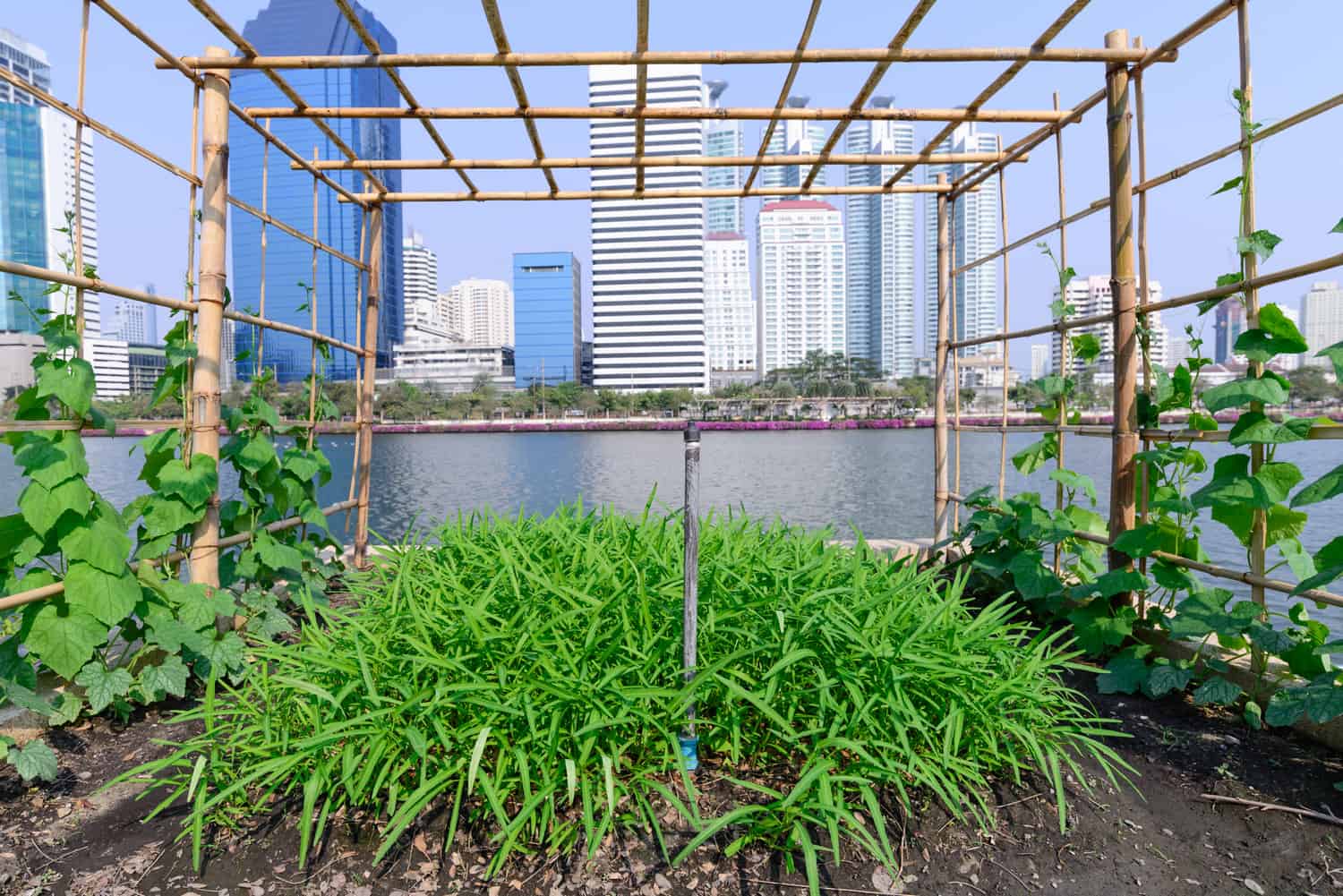
This may seem like a pretty wild concept to grasp at first, but urban farming refers both to the cultivation of plants and the actual cultivation of animals as well, as long as they are around the city. The main difference between this and any other type of farming that we’ve discussed so far is that since it is put in the urban environment, everything about it is tailored around it.
This means that you need to take into consideration the urban economic and ecological system, and basically expect to make a profit based off of that. This also means that you will need to invest in workers from those urban areas and other such resources which includes organic waste and organic wastewater.
Being a part of the urban community is also very important as they will be your main consumers, and let’s not forget that the people living inside of these urban communities tend to eat differently and so on and so forth.
10. Nomadic Farming

Nomadic farming or nomadic pastoralism is just what it sounds like, it implies that you are raising your own animals, and as time rolls on by you essentially move it from one place to another, for them to find better grazing land and water.
This is quite a difficult path to take, and not one that we would recommend that you choose, unless you really have the time and energy for it. There are plenty of ways to make this work but not everybody has the patience for it.
You can get yourself workers to take care of this part for you, but the typical nomadic worker is definitely more expensive than a normal worker, because it’s a 24/7 job, so definitely keep that in mind.
A lot of the time, nomadic farming also has you expanding from society to society, as you are not doing this for a profit, and instead you just love the lifestyle and you’re ready to move whenever they’re ready to move.
9. Sedentary Farming
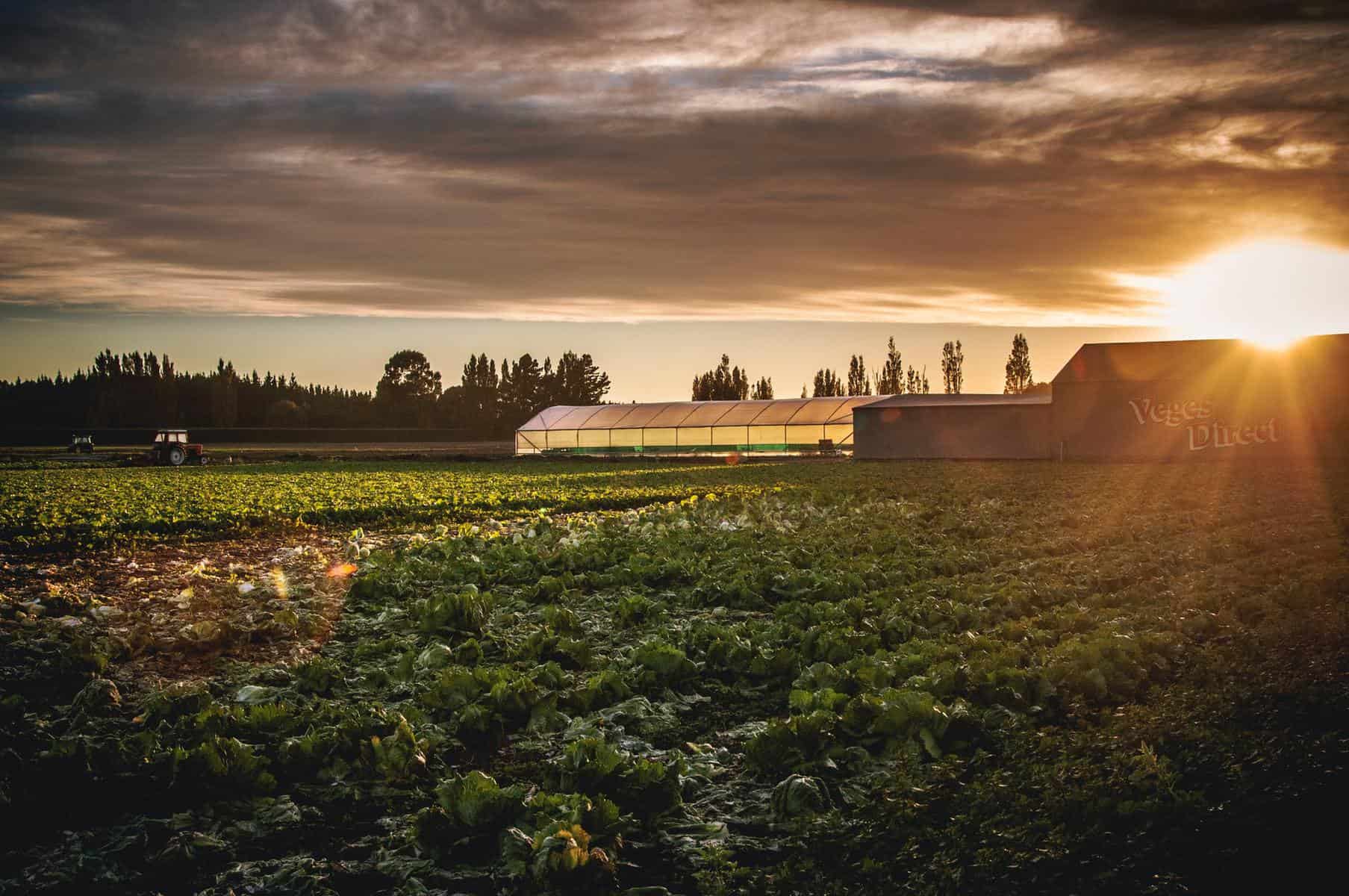
Sedentary farming is essentially just the complete opposite of what nomadic farming is. Instead of you moving with the herd, constantly changing your location in search for greener areas, you use the exact same land every year and you don’t move your animals in the slightest.
This is a very good choice if you wish to heavily invest in an area and not have to worry about expanding anytime soon. It is a relatively simplistic lifestyle but it is also very effective at making you a lot of money.
The term “sedentary farmer” was actually first brought up by some of the first farmers in Africa that saw a certain group of people that would build their whole life around the same farmland and never actually move out or ever take their animals outside of their confinements.
This has become a very popular choice for modern farmers as we now have the technology to ensure that the same farmland can be used to no end, and of course, since it is such an easy way to make money.
8. Intensive Farming

Intensive farming is the type of a project that you get into, and the more time passes, the more money it takes out of you. We tend to believe that the more we work on something, the less we will have to invest in it, and the more money we’ll make off of it, but this isn’t always the case.
When it comes to intensive farming, it is no laughing matter as this type of farming requires you to invest a lot more labor and money into it, for you to actually come out on top with a decent profit too. You essentially invest a lot, you buy a lot, you hire a lot of people, and at the end of the day you see your budget dwindle away, as you put even more money into everything.
One of the best things about intensive farming however is that it is the safest way to ensue that you will be getting high quality results from your work, as you will be spending a lot on the pesticides and the medication alone, which will increase your chances of this happening by a tenfold to say the least.
7. Extensive Farming
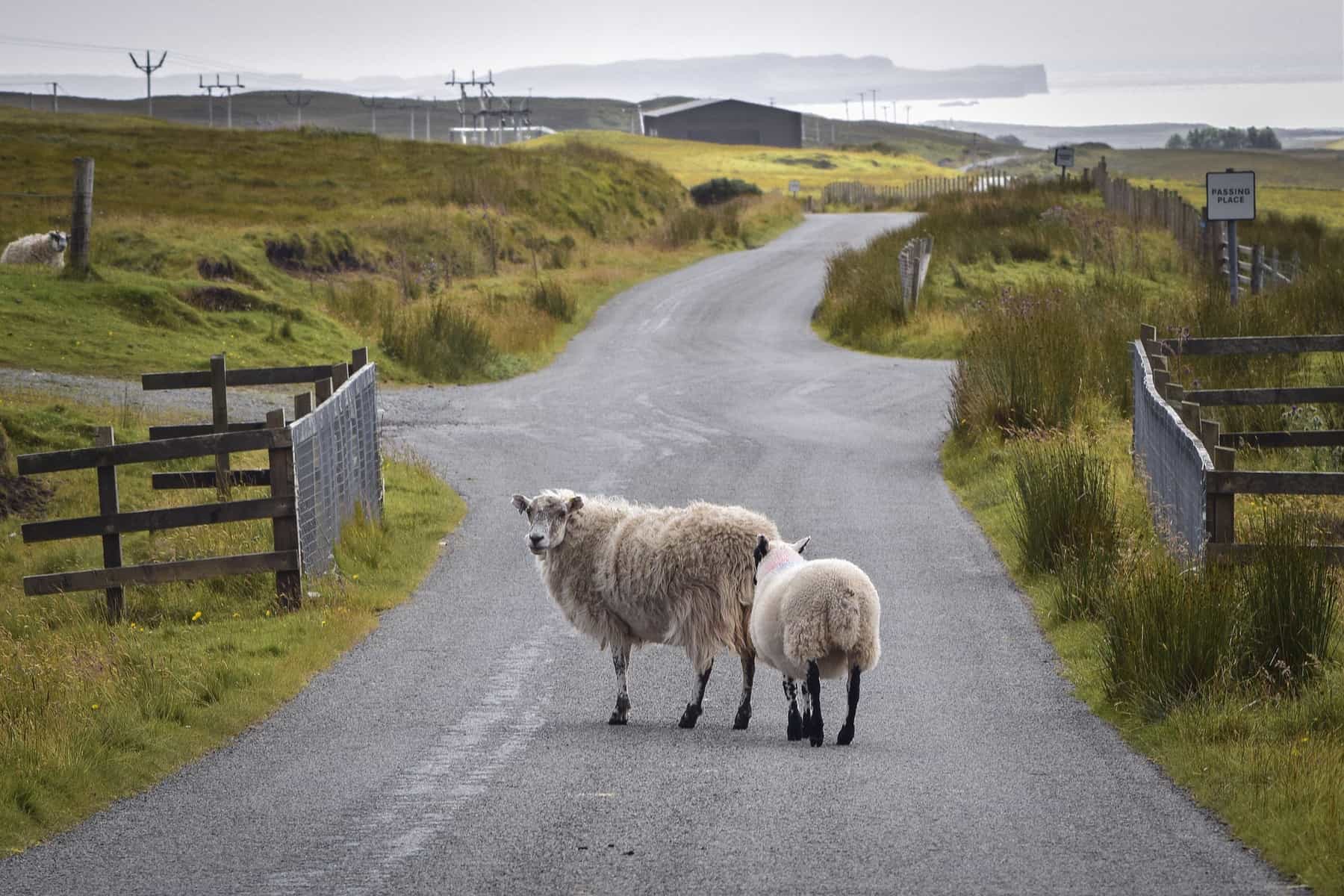
Extensive farming is the complete opposite of intensive farming and it is exactly what it sounds like. You put as little money and effort into your work as possible, hoping that this will yield decent results for the sake of making a hefty profit by the end of the day.
This may sound like you’re just lazy, but there is actually a lot of merit behind this as well. Extensive farming implies that you get a smaller family farm and you own a handful of animals, that take little investment to be taken care of, such as sheep for example.
Agriculturally speaking, you won’t be spending all that much on it, so you won’t be expecting that much product to come out of it. You also won’t be investing any money into workers and you won’t be doing any labor yourself.
6. Subsistence Farming
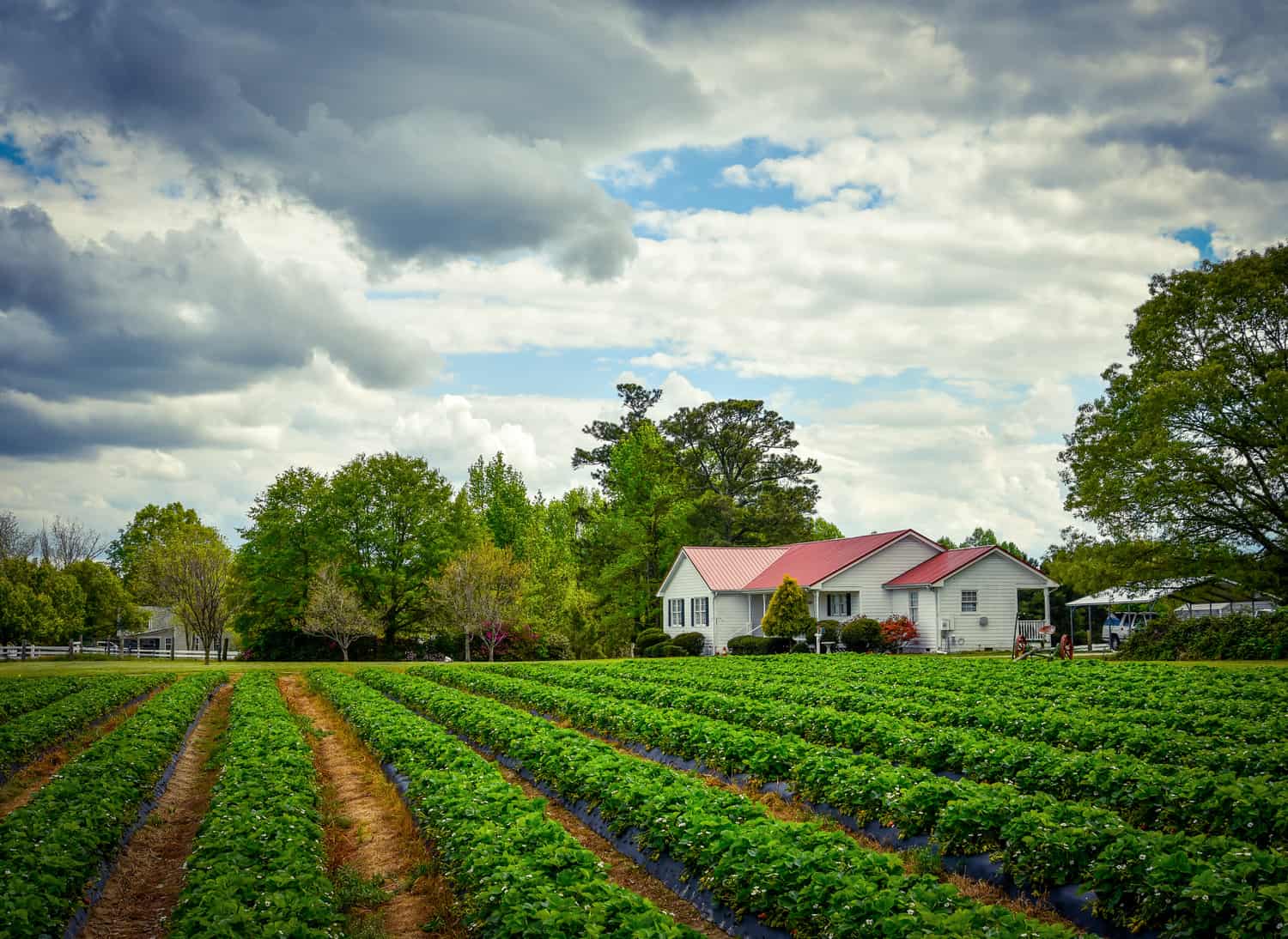
This is becoming quite a popular trend as of late, especially around people who want to escape urban communities, and have just gotten a taste of what natural products are really like.
Subsistence farming is all about personal use, it is the type of farming that you do as a way to feed yourself or your family. You can also use it to feed your community, but subsistence farming doesn’t imply you actually making a profit off of this. Instead, what it does imply is you taking care of a farmhouse and growing your own crops and animals and using them whenever you see fit.
Again, this is not done for a profit, so if you sell the products to anyone then you’re no longer a subsistence farmer, and instead you’re part of some other category we mentioned here. You can trade stuff around sure, but the moment you chase down that profit you are really just giving up on your subsistence farming title.
5. Commercial Farming
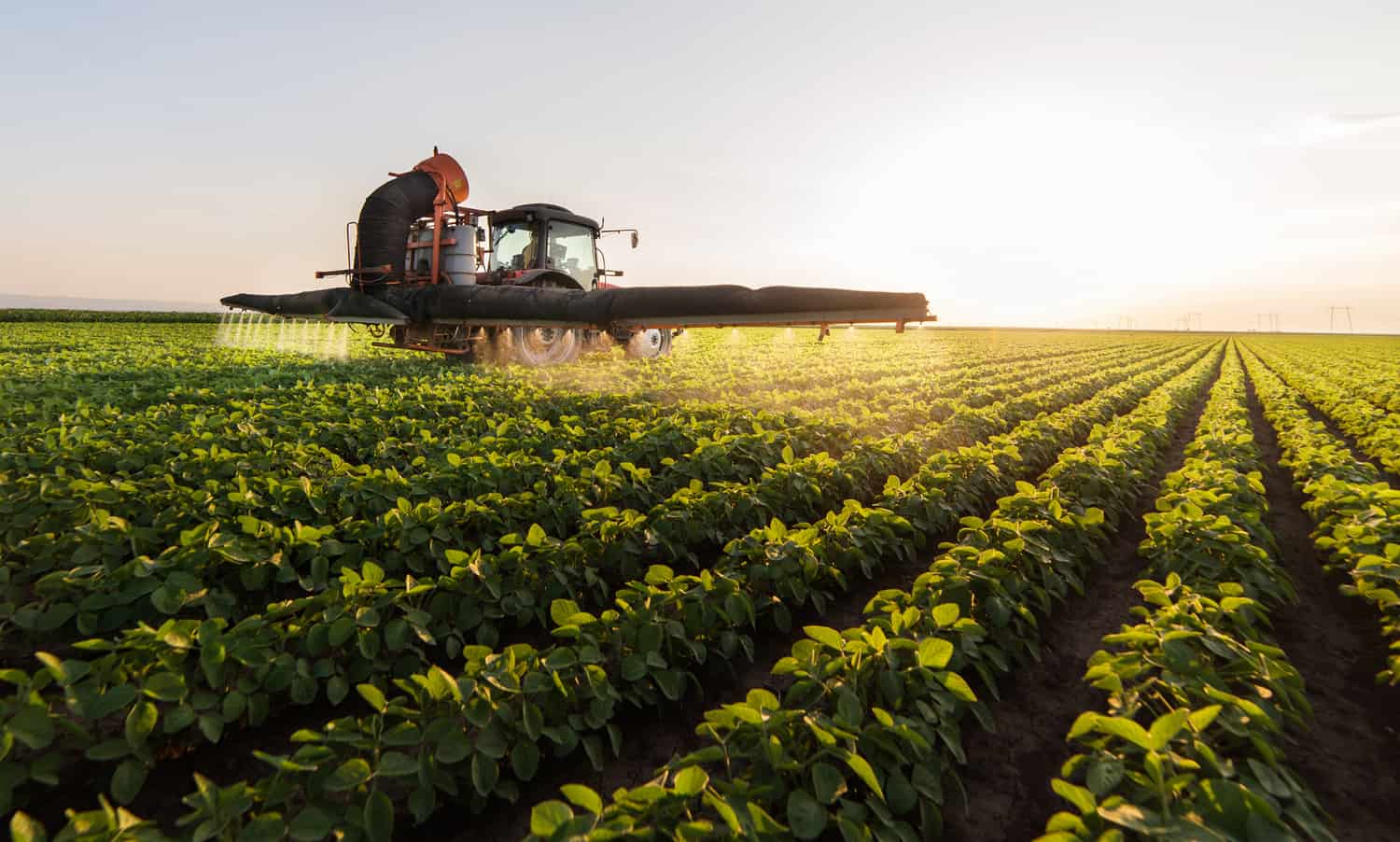
Commercial farming, or conventional farming as we like to call it, simply implies that you raise animals and crops and you sell them off to the open market in order to make a profit.
By doing this you essentially engross yourself into the agriculture industry, an industry that has been around for practically thousands of years now.
The problem with this though is that the general requirements for your products are definitely going to be a lot higher than you’d think, as the open market is only going to open its doors to you if you have the quality to back up your claims as well.
This means that you will need to invest a lot into medicines, nutritional supplements and basically every type of additives you can find to make sure that your animals are as huge and plump as possible for when the butchering comes.
Although this generally makes the food a lot less healthy, it is the only way that you will be able to become a successful commercial farmer.
4. Mixed Farming
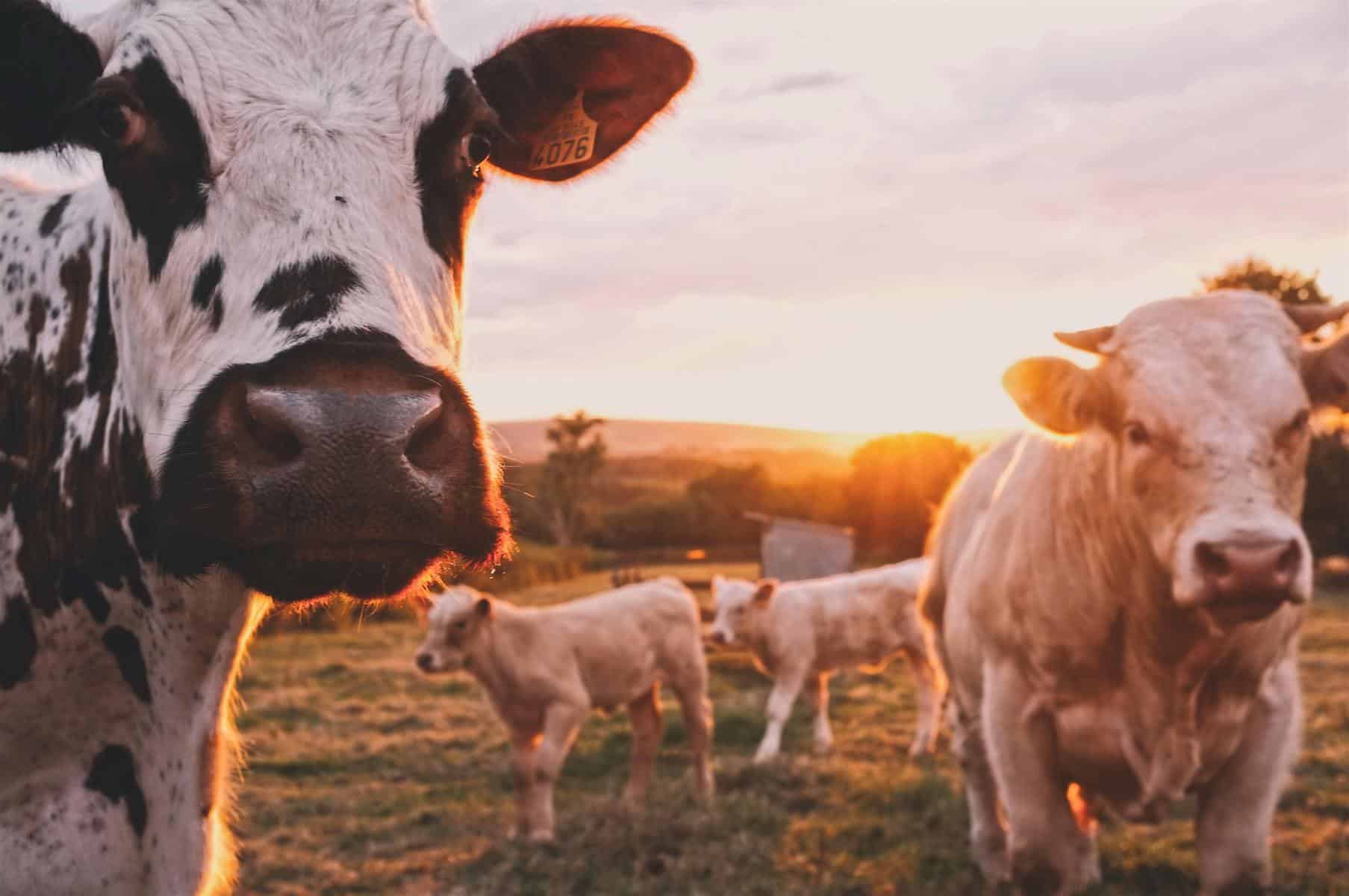
Mixed farming takes place when your farm comprises of at least 10% and at most 49% of animal breeding. This means that your profit is made from around half of the animal products and around half of the crops that you’re selling.
This also does mean that you’re only allowed to breed cows, bulls and buffaloes though, as more than that will have you getting into another category altogether.
It is all a balancing game for mixed farmers, especially since these are the types of farmers that also invest a lot into keeping their animals and plants healthy throughout the year.
3. Dry Farming
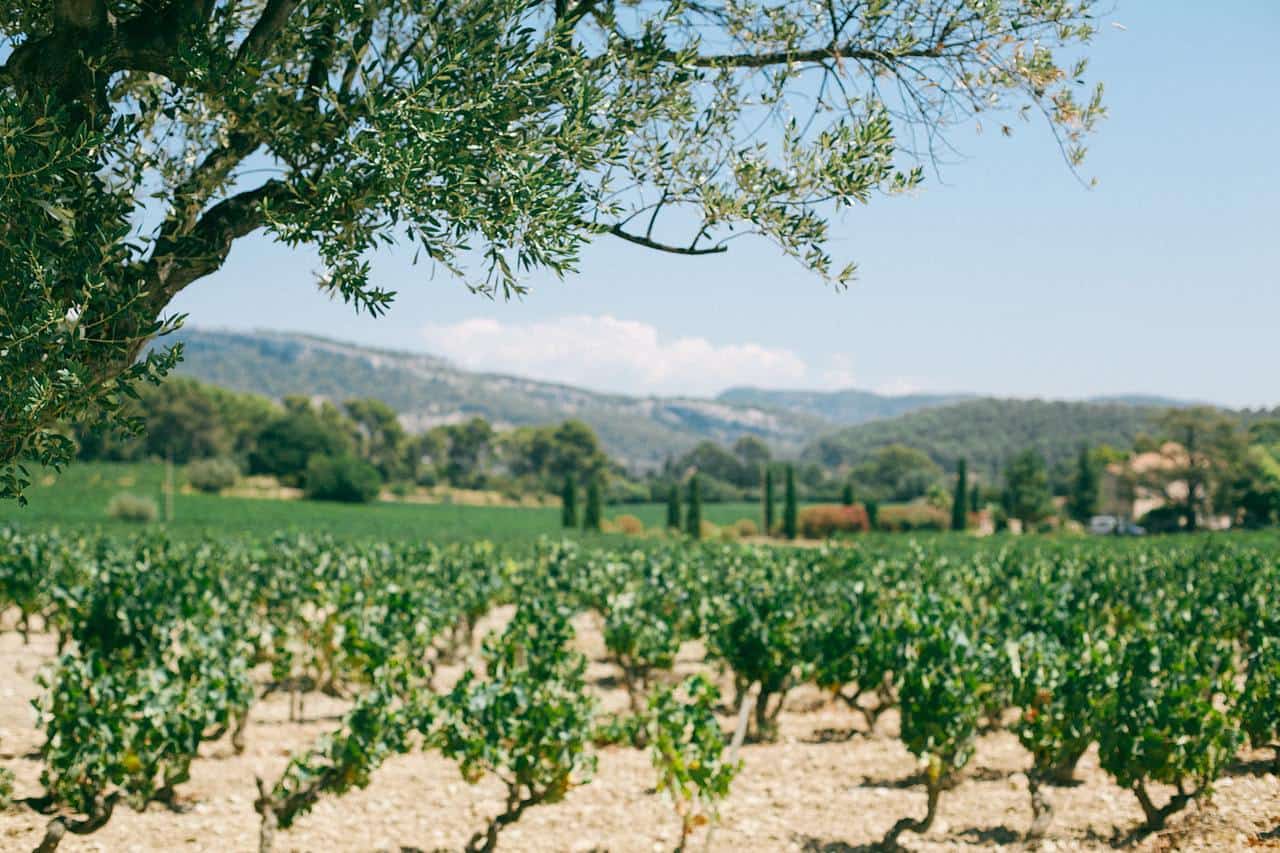
The weird thing about dry farming is that it is considered to be a rather popular agricultural technique, and despite this it actually makes very little sense when you think about it.
You essentially start your farm in areas where there is no real irrigation system and practically no rainfall in the slightest. As long as that rainfall percentage is low enough for it to be less than 20 inches all year around, you’ve got yourself a dry farmer land right here and there.
So, what exactly could one actually grow in these arid, dry lands? Well, you’ve got quite a lot of options to choose from actually, including winter wheat, corn, beans, sunflower, grapes, and even watermelons for that matter.
The reason as to why we said that it makes little sense to begin with, is because this whole process takes a lot more effort than most of the other options on our list, and yet so many farmers choose to opt for this as opposed to moving out to a better area altogether.
Regardless, if you want to be a successful dry farmer you will need around 9 inches of rainfall every year, but always hope for more rainfall since the more of it there is, the higher the crop diversity will be.
2. Pastoral Farming
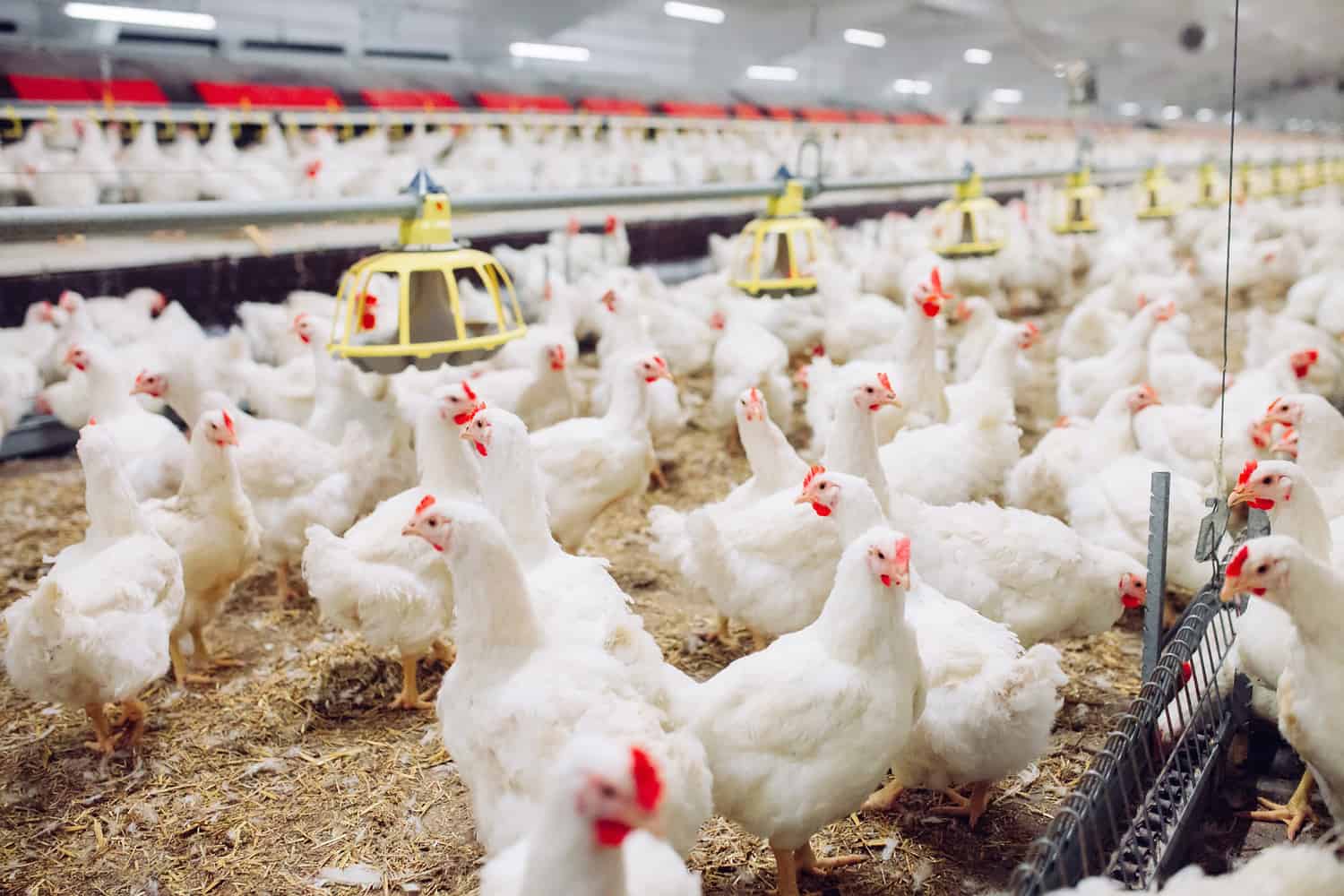
Pastoral farming essentially refers to raising livestock and poultry for mass production of animal products such as milk, chicken eggs or meat. The animals need to be kept in special shelters, and they are usually fed every type of food out there, that can get them bigger and more efficient at producing the aforementioned animal products.
Mass breeding is also very common in the pastoral farming industry, which is definitely quite unethical considering the fact that this goes against their normal natural way of breeding.
Despite all of the negative sides that come with pastoral farming though, there’s no denying that it has also benefited human kind a lot as well. The mass production of meat has decreased its prices on the open market, which resulted in more people around the globe being able to consume meat on a daily basis.
This has turned eggs and milk into everyday cheap items as well, which has definitely helped people in their times of need.
1. Arable Farming
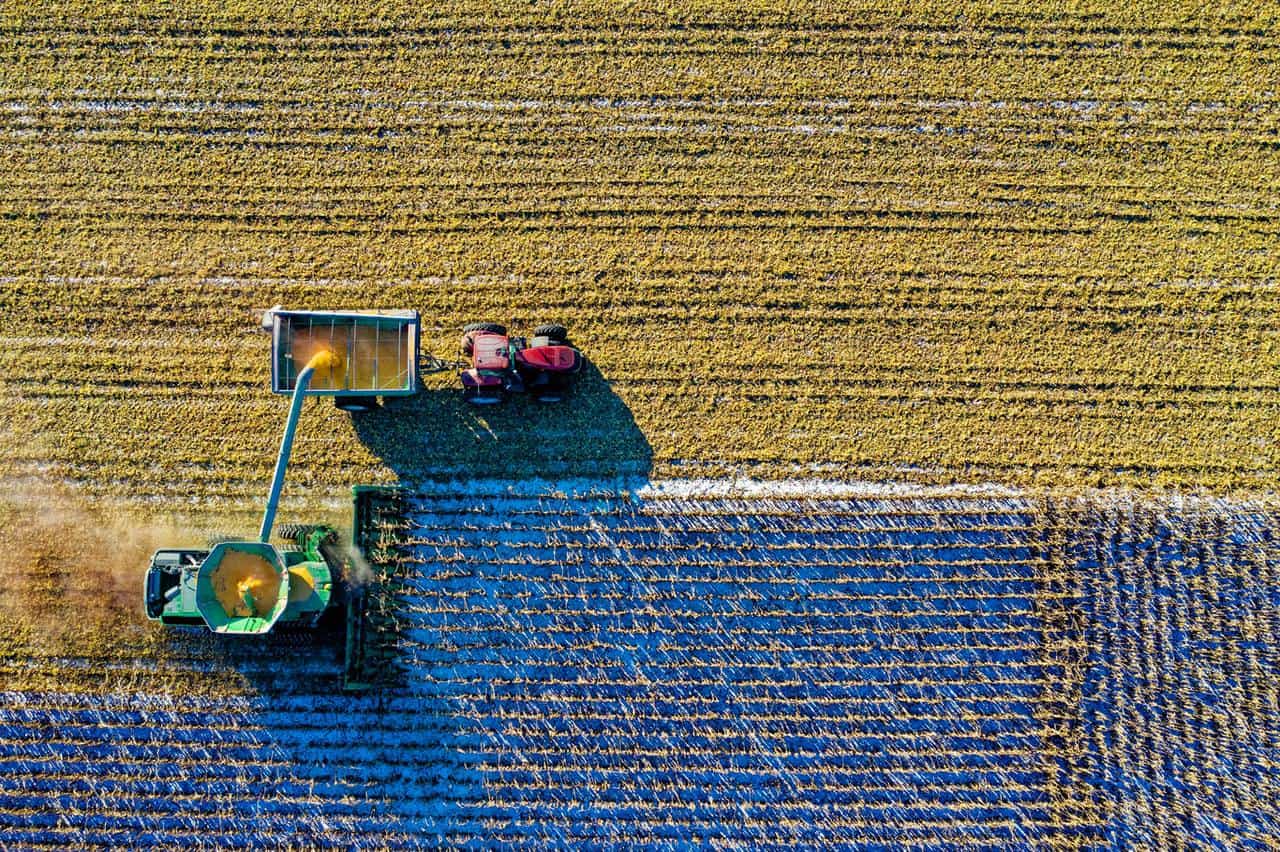
Arable farming requires you to use natural land for growing crops like wheat and barley instead of using it for animals, fruits or vegetables. Arable lands nowadays cover around 1.407 billion hectares or so, and while that number is decreasing steadily because of deforestation, irrigation and urban expansion, there is still plenty of it to go around.
In order to combat this however, more and more arable farmers have sprung up out of nowhere, using arable lands to the max by plating their crops in it.
There are quite a lot of disadvantages that come with arable farming however, that you need to take into consideration before making this decision, including:
- No real freshwater sources
- Extreme climates (either hot for deserts or very cold for arctic lands)
- Very rocky and hard to cover
- A lot of pollution
- Very poor nutrition
Despite all of this however, there are also plenty of positives that come with arable farming, with the main one being the fact that this is by far the most environmentally friendly choice that you can make. So, if you care a lot about the environment this might be the better choice for you.
Conclusion

While there are definitely a ton of different ways that you can farm nowadays, there is no real best choice out there. This is why we recommend checking out every one of the farming types that we had picked out for you above before you make your final decision.
Remember, just because you don’t make as much of a profit as someone else that doesn’t mean you made the wrong choice. Keep working hard and you’ll get there in no time.

